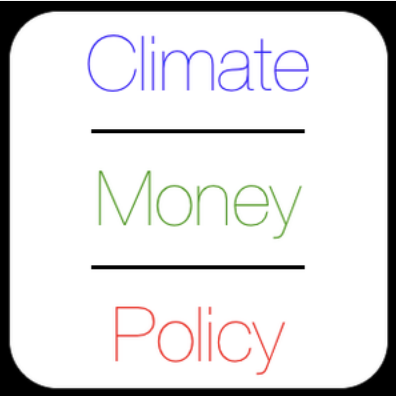Carbon Shadow Pricing
/Imagine that you're in charge of the capital budget for an organization. How much should you plan for in your budget for a new efficiency initiative? How much for a hedge against carbon regulations? How big should that budget be? How is a company to prioritize that expense against the needs of the market year to year? How will that choice conflict with the realities of your cash flow?
Consider first what happened when Microsoft started carbon shadow pricing at scale:
118 There are 118 buildings on the Microsoft campus (15M sq ft). Each with different requirements for heating, cooling, lighting and energy. Each with different potential needs and strategies for efficiency. Each with different capital needs.
30,000 There are thirty thousand different pieces of mechanical equipment and seven different and unique building management systems housed in those 118 buildings. None of them designed to speak with one another.
$1.5M in savings Year-1 That's the bottom line number Microsoft realized following the adoption of carbon shadow pricing.
What Microsoft, Wal-Mart & Disney have in common.
Once they get to a certain size (i.e. once you have a CFO) companies begin developing policies on how to allocate funds for efficiency, continuous improvement and capital improvements. How do you go about fixing the budgets for those efforts? How do you fund those budgets? What's the feedback that ensures business units are actually improving? Financial executives know that net present value (NPV), payback period or discounted payback period can be used to justify an investment but they tell you nothing about how much money you should pull from the bottom line in order to address those priorities. So what to do? Every dollar has to come from somewhere, right?
One solution is to put a price on carbon emissions as though they were regulated. In most situations, and for most companies, energy use and carbon emissions are synonymous with one another. Sensible managers realize that their power use and emissions are the source of twin liabilities to the company bottom line. They reason that regulation of carbon emissions isn't far away and whatever form it takes it will eat into the bottom line. Additionally, energy use is a proxy for waste. Finding creative ways to avoid energy translates into profit and innovation.
Step 1- Bring in an outside expert to consult with your CFO. Start with an analysis of your current carbon liability and be honest about what the company can afford. Establish good systems for measuring and monitoring your emissions then set a price on those emissions and charge that shadow price to the P&L of the organization or BUs.
Step 2- Bring in the managers of your different business units and let them know what you're doing. Tell them know that their budgets will be charged an additional line-item and make it clear that it's up to them to get that expense under control. This is another place where it may make sense to have outside help available to identify and suggest options for stemming the cost.
Step 3- In your central accounting you'll pool the funds you've charged to the BUs and then issue them back to the BUs earmarked for efficiency improvements. There are a lot of ways to divide up those funds so include the managers who were charged initially to avoid a riot. Done right you'll be creating a marketplace for good ideas among your decision makers. Some will opt for efficient lighting while others pool resources to fund renewable projects. What's important is that they be allowed some autonomy just like they are with any other part of their P&L responsibilities.
Step 4- Raise the shadow price annually in a defined transparent way. The first year it may be set at $10/CO2 ton. The next year $20/ton; then $30 and so on. This puts pressure on for continuous improvement and drives down waste for fear that budgets will erode.
The benefits of a program like this tend to be rapid and pronounced. In addition, you'll be permanently ending any discussion on budgets (relative to efficiencies) and positioning yourself for first-mover status vs. the rest of the market. Consider carbon shadow pricing because with or without you the market is moving in that direction. The only question is whether or not you'll be reducing your costs before or after regulation.


